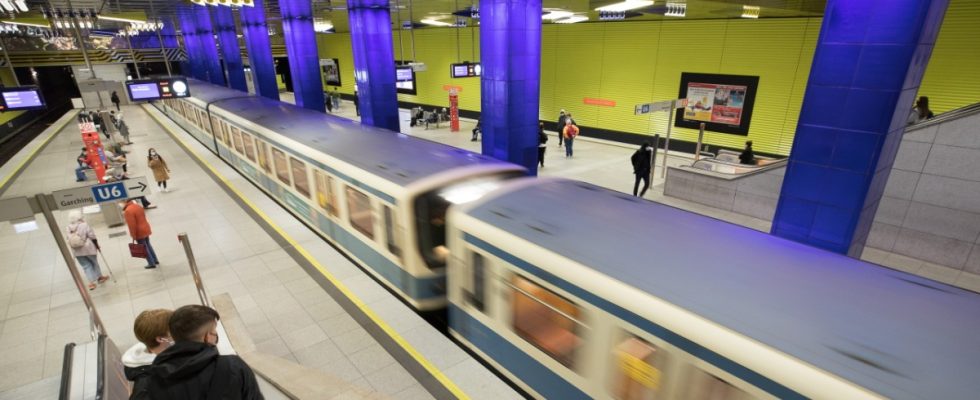Given the high costs, it remains to be seen whether the U9 will actually be built. Previous estimates range from four to ten billion euros; there is currently no promise of funding from the federal government. But this is no reason for Stadtwerke München (SWM) to remain idle. The SWM are now exploring the underground on the 10.5 kilometer long possible route of the subway line. The ground between the main station and Implerstrasse will be examined in a drilling program by spring 2024 in order to gain insights for further planning.
Two machines, which drill up to 75 meters deep, are used in parallel at different locations. The work usually takes place on weekdays between 7 a.m. and 8 p.m. and takes around two weeks per drilling point. The drill cores are stored in a tent on Theresienwiese and examined.
After the southern route, the subsoil in the northern section will also be examined. According to current planning status, construction work for the U9 is scheduled to begin in the 2030s. The first sections could go into operation in the early 2040s.
The plans of the municipal utilities and the Münchner Verkehrsgesellschaft (MVG) so far look like this: The Implerstrasse and Poccistraße subway stations will be merged and replaced by a new building. A second Oktoberfest train station is being built at Esperantoplatz, which will relieve the existing Theresienwiese station during Oktoberfest.
At the main station, together with the new reception building and the second S-Bahn main line, an additional subway station with a direct transition to the S-Bahn will be built. On behalf of the city, Deutsche Bahn is building a shell, the so-called temporary structure for the possible subway stop. Costs including planning: 660 million euros.
A new subway station near the Pinakotheks is planned in Maxvorstadt. In addition, a station will also be built at Schwabinger Elisabethplatz. Münchner Freiheit is to receive another station building.
A branch onto the U2 to and from Feldmoching is also planned north of the main station; this U29 is intended to create capacity in the growing catchment area of the northern section of the U2.
This is what the new route brings
For the MVG, the U9 is an indispensable part of achieving the transport transition. For various reasons, the construction would have a positive impact on all public transport in the city.
According to MVG, capacity on the north-south routes would grow massively. The overcrowded interchange stations and heavily frequented sections of the route in the city center would be greatly relieved by the new line; this is a prerequisite for increased frequency.
At the same time, the risk of delays would be reduced because the U3 would no longer have to share the inner-city route with another line like the U6 currently does. A disruption to one line would no longer affect the other line, and denser cycles would also be possible.
The network also gains flexibility, according to MVG. In the event of construction sites and other business interruptions, there would be new bypass options with the U9. In addition, new direct connections would be created, for example from the main train station to Sendling or to the Fröttmaninger Arena. The two university locations of Martinsried and Garching would also be directly connected to each other. The new line also creates scope for improving services on the outer branches and offers the possibility of further extensions to the subway network.

